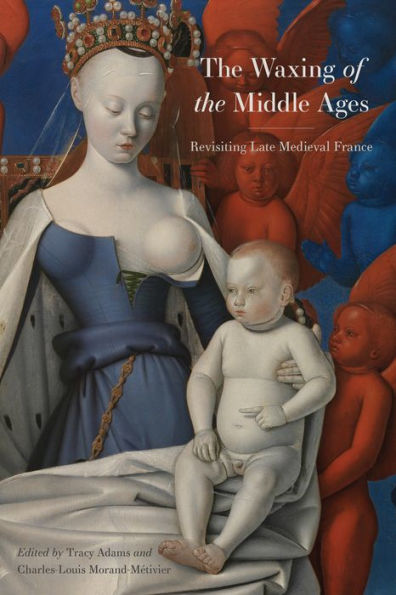Johan Huizinga’s much-loved and much-contested Autumn of the Middle Ages, first published in 1919, encouraged an image of the Late French Middle Ages as a flamboyant but empty period of decline and nostalgia. Many studies, particularly literary studies, have challenged Huizinga’s perceptions of individual works or genres. Still, the vision of the Late French and Burgundian Middle Ages as a sad transitional phase between the High Middle Ages and the Renaissance persists. Yet, a series of exceptionally significant cultural developments mark the period.The Waxing of the Middle Ages sets out to provide a rich, complex, and diverse study of these developments and to reassert that late medieval France is crucial in its own right. The collection argues for an approach that views the late medieval period not as an afterthought, or a blind spot, but as a period that is key in understanding the fluidity of time, traditions, culture, and history. Each essay explores some “cultural form,” to borrow Huizinga’s expression, to expose the false divide that has dominated modern scholarship.
1142470721
The Waxing of the Middle Ages: Revisiting Late Medieval France
Johan Huizinga’s much-loved and much-contested Autumn of the Middle Ages, first published in 1919, encouraged an image of the Late French Middle Ages as a flamboyant but empty period of decline and nostalgia. Many studies, particularly literary studies, have challenged Huizinga’s perceptions of individual works or genres. Still, the vision of the Late French and Burgundian Middle Ages as a sad transitional phase between the High Middle Ages and the Renaissance persists. Yet, a series of exceptionally significant cultural developments mark the period.The Waxing of the Middle Ages sets out to provide a rich, complex, and diverse study of these developments and to reassert that late medieval France is crucial in its own right. The collection argues for an approach that views the late medieval period not as an afterthought, or a blind spot, but as a period that is key in understanding the fluidity of time, traditions, culture, and history. Each essay explores some “cultural form,” to borrow Huizinga’s expression, to expose the false divide that has dominated modern scholarship.
47.95
Out Of Stock
5
1

The Waxing of the Middle Ages: Revisiting Late Medieval France
290
The Waxing of the Middle Ages: Revisiting Late Medieval France
290Related collections and offers
47.95
Out Of Stock

Product Details
| ISBN-13: | 9781644532904 |
|---|---|
| Publisher: | University of Delaware Press |
| Publication date: | 04/14/2023 |
| Series: | The Early Modern Exchange |
| Pages: | 290 |
| Product dimensions: | 6.00(w) x 9.00(h) x 0.40(d) |
| Age Range: | 16 - 18 Years |
About the Author
From the B&N Reads Blog
